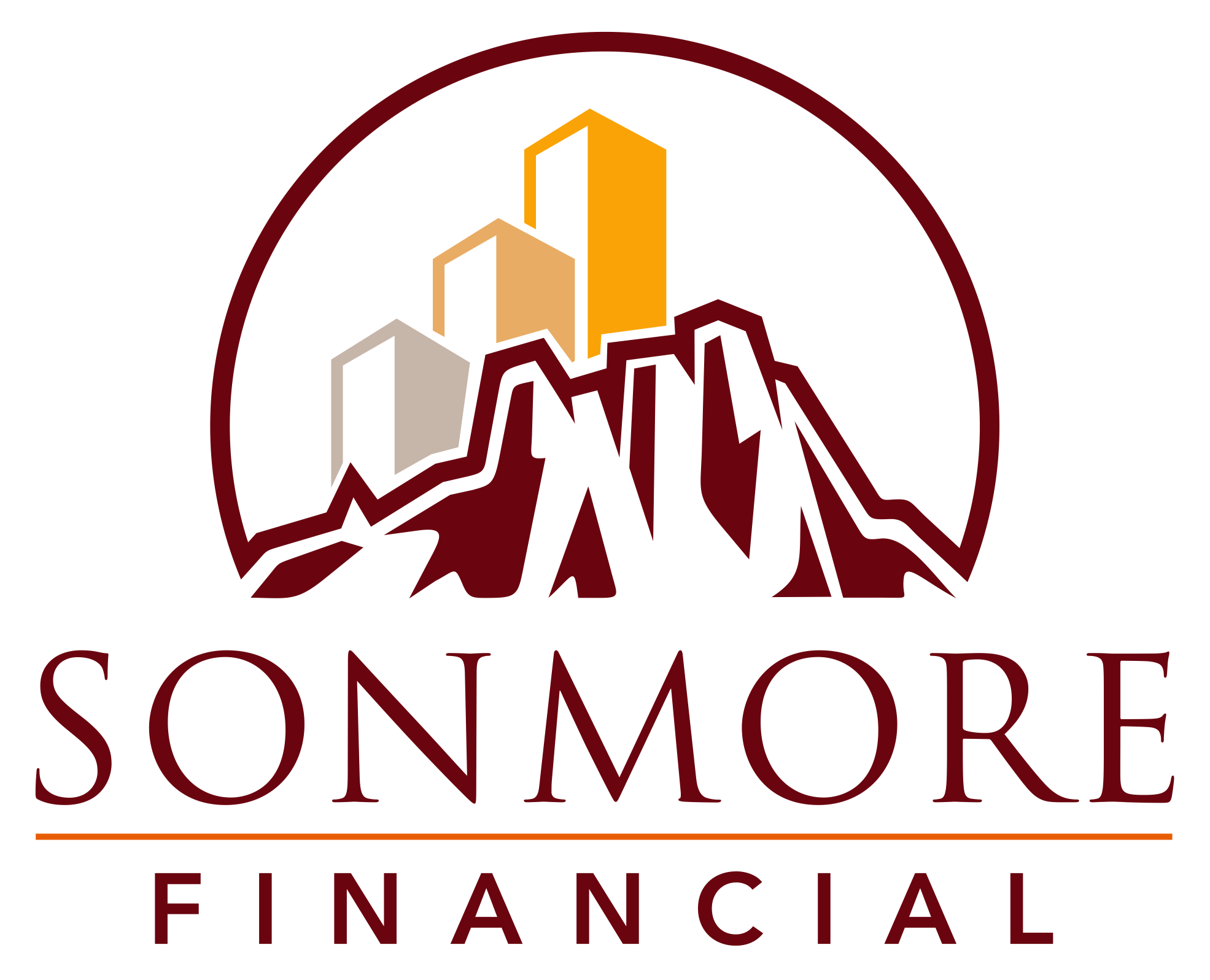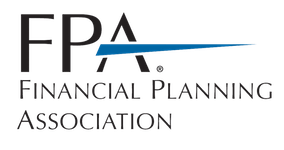One of the most appealing aspects of being an entrepreneur is that there is virtually no cap to how much you can earn. However, entrepreneurship can also present tax complications. In this two-part series, we will share both income tax and capital gains tax strategies to help you keep more of what you earn. We’ll begin with a couple of income tax strategies.
Income Tax Strategies
Employer-Sponsored Retirement Plan
One of the most common and accessible ways to save on income tax is a company-sponsored retirement plan. Generally, contributions made to retirement plans are tax deductible. There are many plans available and depending on earnings, the level of flexibility desired, the type of business, and other factors, some plans make more sense than others. Employer-sponsored plans are broken down into two main categories: Defined Benefit Plans and Defined Contribution Plans.
Defined Benefit Plans
While Defined Benefit Plans, commonly known as pension plans, aren’t as common as they once were, they can still be an outstanding tax planning tool for the right people. They are named Defined Benefit Plans because their goal is to pay participants a desired benefit amount during retirement that is typically illustrated as a percentage of average earnings. For example, the plan may aim to replace 60% of the participant’s average earnings during the last five years prior to retirement. The desired benefit amount and the years left until retirement will affect how much is contributed towards the plan.
To set a Defined Benefit Plan in motion, an actuary is hired to make an assessment of the workforce within the organization, taking into account factors such as age and income. The plan favors older, high-income earners since they are closer to retirement age and a higher dollar amount needs to be contributed in order to reach the desired income replacement amount set forth by the plan agreement. Often times these people are the higher-ups of an organization. Based on participant income and years left until retirement, the organization makes contributions for the participants in order to be able to replace a certain percentage of the participants’ income in retirement. In other words, older, higher-income participants get more money contributed towards their plan than younger, lower-income participants. Many times, these plans are a good fit for medical practices or law firms due to the correlation between age and income. The company will not have to make much in contributions to the younger, lower-level employees, but will make vast contributions towards the accounts of the older, higher-level employees who often times end up being the owners of the organization.
Contributions towards these plans lower the taxable income of the organization and contribution limitations do exist, although they are not as black and white as the limits for Defined Contribution Plans. The 2022 limits for Defined Benefit Plans per IRS Publication 560: “Amount needed to provide an annual benefit no larger than the smaller of $245,000 or 100% of the participant’s average compensation for his or her highest 3 consecutive calendar years.”
Defined Contribution Plans
Defined Contribution Plans include plans like 401(k)s, profit sharing plans, SEP IRAs, and SIMPLE IRAs. These are the most common type of retirement plans today due to their flexibility when making contributions. While Defined Benefit Plans require employers to make substantial contributions regardless of company performance, this is not a requirement of Defined Contribution Plans. In addition, Defined Contribution Plans are much less costly to maintain.
The reason these plans are called Defined Contribution Plans is because, traditionally, the majority of the money that is contributed towards these plans is contributed by the employee or participant. The benefit paid out by the plan is largely dependent on the performance of the self-selected investments of the participant. Employee contribution limits and total contribution limits for 2022 can be seen on the table below.
Plan | Employee Max Contribution | Catch Up Contribution age 50+ | 415(c)(1)(a) Limit/Profit Sharing | Roth Option |
|---|---|---|---|---|
401(k) | $20,500 | $6,500 | $61,000 | Yes |
SEP IRA | Lesser of 25% of comp (up to $305,000) or $61,000 | N/A | N/A | N/A |
SIMPLE IRA | $14,000 | $3,000 | N/A | N/A |
Defined Benefit Plan Case Study:
Illustrated below is a real-life example of a Defined Benefit Plan in action. This specific plan is a Cash Balance Pension Plan.
A married couple in their late 50’s, operating a business in the construction industry with no employees and average gross earnings of $50,000 to $150,000, had an unusually great year in tax year 2022 and made $1,000,000 in earnings. They don’t expect to have earnings of that magnitude moving forward.
Their goal is to reduce taxable income in 2022 and save for retirement.
By using a Cash Balance plan, they are able to make huge strides towards both goals. They each pay themselves a “salary” up to the 401(a)(17) limit of $305,000 for tax year 2022. An actuary then takes into account their age and how many years are left until “retirement”, as defined by the IRS, and determines they can contribute about 95% of their salary towards the Cash Balance effectively creating a tax deduction of roughly $600,000. Technically speaking, the contribution is done by the business and the contribution amount is called the “Pay Credit Rate”. Remember, Defined Benefit Plans favor older, high-earning individuals, which is the main reason such a high Pay Credit Rate is possible, in addition to having no employees.
The caveat is that moving forward, the business will have to maintain the same Pay Credit Rate until the plan terminates at an unknown future date. So, if in 2023 the gross earnings of the employee-owners were $50,000, the business would have to contribute $47,500 towards the plan. Defined Benefit Plans are bound to the “Permanency Requirement” and can only be terminated by specific reasons outlined by the IRS.
Defined Contribution Plan Case Study:
Illustrated below is a real-life example of a Defined Contribution Plan in action. This specific plan is a 401(k) Profit Sharing Plan.
A married couple in their early 30’s, operating a business in the residential construction industry with no employees and average annual business income of $110,000. They elect to be taxed as an S Corp. Owner A takes a salary of $35,000 and owner B a salary of $20,000. This means they can make an employer contribution totaling $13,750, lowering their taxable income by that amount. In addition, Owner A can make an employee contribution of $20,500 and Owner B an employee contribution of $20,000.
This totals $54,250 in tax deductions and retirement savings, leaving them a taxable income of $55,750 without taking into account other deductions such as the Standard Deduction.
The contributions into the 401k plan have a tax benefit of roughly $9,400.
S-Corp Election
Subchapter S of the Internal Revenue Code allows Corporations and LLCs to be taxed as partnerships. The effect of this election varies on the type of entity. It’s a great way for C Corps to avoid double taxation and for employee owners of LLCs to avoid paying self-employment tax on a portion of their earnings.
How it Works
Suppose a solopreneur has an LLC and earns net income $150,000 with one 1099 independent contractor worker. The business owner can elect to be taxed as an S Corp, pay him or herself a reasonable salary, and take the rest of the income generated as a distribution. The portion of income that is a distribution is not subject to self-employment tax (15.3%). It is extremely important that the owner pay themselves a reasonable salary. There is little official guidance on what exactly “reasonable” means, and it is an overall complex topic. However, through IRS Fact Sheet 2008-25 the following principals can be used as guidelines when determining what “reasonable” compensation is.
- Training & experience
- Duties & responsibilities
- Time and effort devoted to the business
- Dividend history (aka Shareholder distributions)
- Payments to non-shareholder employees
- Timing and manner of paying bonuses to key people
- What comparable businesses pay for similar services
- Compensation agreements
- The use of a formula to determine compensation
Tax Savings Computation
Let’s suppose that reasonable compensation for our example is $100,000. The tax savings would be calculated in the following manner:
Non-S-Corp | S Corp | |
|---|---|---|
Net Income | $150,000 | $150,000 |
Reasonable Compensation | N/A | $100,000 |
Earnings Subject to SE Tax (92.35% of wages) | $138,525 | $92,350 |
SE Tax (15.3%) | $21,194 | $14,129 |
Shareholder Distribution | N/A | $150,000 – $107,650 (Salary + Employer portion of SE tax) = $42,350 |
After SE Tax Income | $117,331 | $134,700 |
Average SE Tax Rate (SE Tax/After SE Tax Income) | 18.06% | 10.5% |
S Corp Downsides
The downsides of a single member LLC filing as an S Corp are increased tax filing and reporting costs, as well as a potentially lower Social Security benefit in the future due to paying less self-employment tax.
In order for it to make sense for a single member LLC to file as an S Corp, the tax benefit must outweigh the increase in cost of tax filing and reporting.
To learn more about what’s considered a “reasonable” wage visit this article.
Capital Gains Tax Strategies
Entrepreneurs, due to their success, tend to end up owning valuable shares or interests in businesses, which, in turn, leaves them with sizeable amounts of unrealized capital gain that upon realization can create a hefty tax bill. The strategy below can help mitigate—or potentially eliminate—capital gains from the sale of a business interest.
Section 1202 Qualified Small Business Stock
Section 1202 of the Internal Revenue Code allows shareholders of qualified small business stock (QSBS) to exclude up to $10 million (or 10x the aggregated adjusted basis at the time of issuance) of capital gain on the sale of small business stock. This is typically a great tax planning opportunity for company founders. Now, the question becomes what determines whether small business stock is qualified? Here we explore the requirements.
Requirements
Requirements for Section 1202 must be met on two levels: the shareholder level and the corporation/entity level. The requirements are in no particular order and are by no means comprehensive:
Shareholder Level
1. Original Issuance of Stock
To qualify as Section 1202 qualified small business stock, the stock must have been originally issued after August 10, 1993. Depending on the original issuance date, the allowable gain exclusion amount will be different. For stock issued 08/10/1993 – 2/18/2009 the exclusion is 50%, for stock issued 02/19/2009 – 09/27/2010 the exclusion is 75%, and for stock issued after 9/28/2010 the exclusion is 100% up to the limit of the greater of $10 million or 10x the aggregated adjusted basis at the time of issuance.
The stock must have been acquired from the company on original issuance or through a gift or inheritance from an individual who acquired the stock at original issuance.
2. Holding Period
To qualify, the stock must be held for more than five years. The holding period generally begins on the date the stock was issued. One exception to this rule is when the stock was obtained through an inheritance or gift, in which case the holding period of the original owner carries over to the new owner.
3. Eligible Shareholder
Non-corporate shareholders such as individuals, trusts, or estates are considered eligible shareholders. S corporations and partnerships may be considered eligible shareholders, but additional requirements, beyond the scope of this article must be met.
Corporation Level
4. Eligible Corporation
To be eligible, the corporation must be a C Corporation or an LLC that has elected to be taxed as a C Corporation. It must be US domiciled but may have international business activities. S Corporations are ineligible.
5. $50 million Gross Asset Limitation
Between August 11, 1993, and the issuance of stock, the corporation must not have had more than $50 million of tax basis in assets. As long as there is no other issuance of stock the asset test will not have to be met again, meaning as long as the test was met prior to stock issuance, the corporation may have more than $50 million of asset tax basis in the future.
The test being measured on tax basis provides some flexibility if more stock is issued. If the corporation can keep a low tax basis in assets or have low asset dependency it will be able to continue issuing QSBS.
6. Qualified Trade or Business
In order to qualify for Section 1202, the corporation must engage in a “qualified” trade or business. Prohibited businesses include:
- Personal services – defined as any business where the principal asset of the trade or business is the reputation or skill of one or more of its employees. For example, engineering, accounting, law, healthcare, etc.
- Financial – banking, insurance, leasing, investing, or similar business.
- Farming – gardening, growing, or similar business.
- Oil, gas & mining – mining, drilling, or other extraction type business.
- Hospitality – hotel, motel, restaurant, or similar business.
- Real Estate – ownership of, dealing in, or renting of real property.
Exactly how these terms are interpreted is a bit of a grey area, as the IRS has provided limited guidance on the matter. Mark G. Cook, CPA and partner at SingerLewak LLP, said the following on the subject: “While some businesses are clearly a QTB [Qualified Trade or Business] or not, others live in a questionable ‘no man’s land,’ where taxpayers cannot be certain whether they own QSBS. When this happens, the best they can do is analogize their business activities to a handful of examples in letter rulings and one court case, until more dependable guidance is released.”
7. Active Business Requirement
At least 80% of the fair market value of the corporations’ assets must be used in the active conduct of a qualified trade or business. A corporation can have activities related to what in this instance are considered “prohibited” businesses as long as the value of the assets used are under 20% of all assets.
This test must be met during the entirety of the taxpayer’s holding period. Additionally, only up to 50% of the corporation’s assets can be composed of working capital used to support reasonable needs of the business or research.
A corporation automatically fails to meet this test if:
- 10% or more of the corporation’s net assets consist of ownership in other corporations in which the corporation does not own over 50%; or
- 10% or more of the corporation’s gross assets consist of real property not being used in the active conduct of a qualified business
8. Redemption Transactions
Significant stock redemptions occurring in the year prior to or following a stock issuance can disqualify the stock from Section 1202. “Significant” in this instance can sometimes be defined as a 2% redemption. Congress implemented this test to prevent instances where capital invested for Section 1202 was used to fund redemptions of other shareholders.
Section 1202 can be difficult to qualify for, but given the potential benefit it is undoubtedly worth exploring.
Conclusion
Entrepreneurship is a difficult road, but also a rewarding one with both qualitative and quantitative benefits. One of the main benefits? Flexibility. Yes, flexibility in how you spend your time and live your life, but also flexibility when it comes to taxation. The strategies we’ve shared are by no means comprehensive or applicable to everyone. However, they demonstrate the various options entrepreneurs have. If you’re an entrepreneur in need of guidance, we’d love to sit down and talk about which strategies make the most sense for your situation. Please feel free to reach out!









